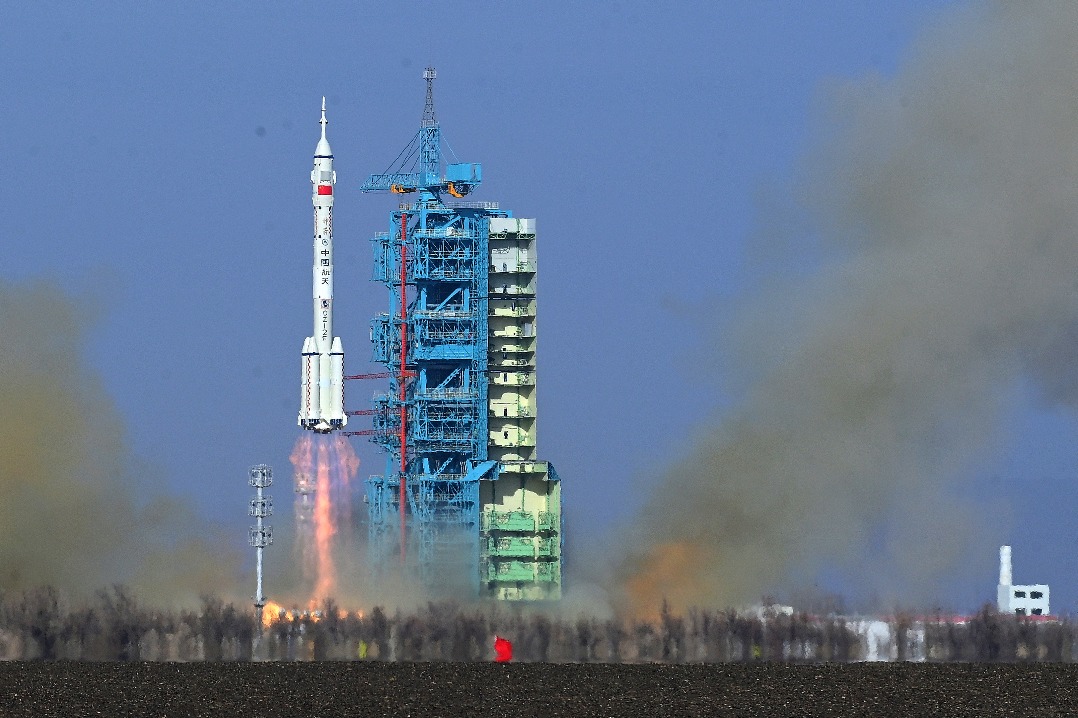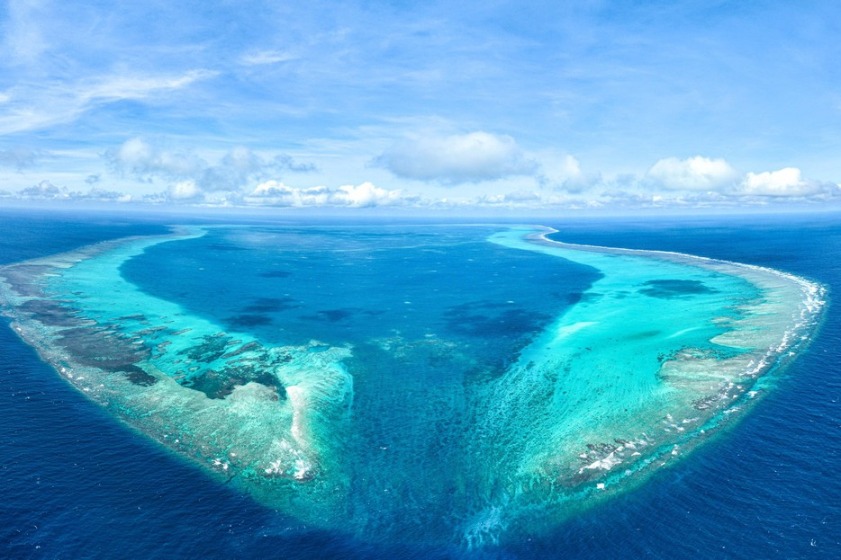Scientists estimate plateau's water reserves

The Qinghai-Tibet Plateau, known as Asia's "water tower", holds an estimated 10 trillion cubic meters of surface water storage, a resource scientists say is increasingly vital to water security for more than two billion people across the continent.
The new findings — released on Nov 19 in Lhasa, capital of the Xizang autonomous region — highlight both the plateau's rising hydrological importance and the growing environmental risks it faces.
Researchers from China's second Qinghai-Tibet scientific expedition said the plateau's vast water reserves feed major river systems including the Yangtze, Yellow and Lancang-Mekong, sustaining communities across China and neighboring countries. The total volume is roughly equivalent to the Yellow River's runoff over 200 years, according to the team.
Their latest assessments show that the plateau has undergone three major environmental shifts that have boosted its water supply capacity. "The Qinghai-Tibet Plateau is becoming warmer, wetter and greener, all of which enhance its water supply," said Yao Tandong, an academician with the Chinese Academy of Sciences and a lead scientist on the expedition.
"However, it is also becoming darker, causing significant shifts in Earth system processes, including changes to the Asian monsoon and more extreme climate events," he said.
Researchers say these changes stem from complex ice-water-air interactions that are also increasing disaster risks.
While the plateau contributes more than 1 trillion cu m of water vapor each year, scientists warned that rising downstream demand, driven by population growth and resource consumption, is placing unprecedented strain on the system. "The increased water availability upstream does not entirely meet the rapidly growing needs downstream," Yao said, calling for stronger regional cooperation to ensure sustainable water management.
Long-term data from the expedition shows steady growth in runoff from major rivers such as the Yangtze and Lancang over the past four decades. Projections suggest runoff could increase by as much as 49 percent by the end of the century. But the team also identified 85 glacial lakes at extreme risk of outburst flooding, underscoring the need for targeted disaster-prevention measures.
Scientists say the findings provide an important basis for policy planning, from water resource management to climate adaptation and infrastructure protection, including projects such as the Sichuan-Xizang transport corridor, Yao said.
The expedition plans to strengthen monitoring systems, improve early-warning mechanisms and refine strategies to safeguard the plateau, a region now central to Asia's long-term water security, he said.
palden_nyima@chinadaily.com.cn





































